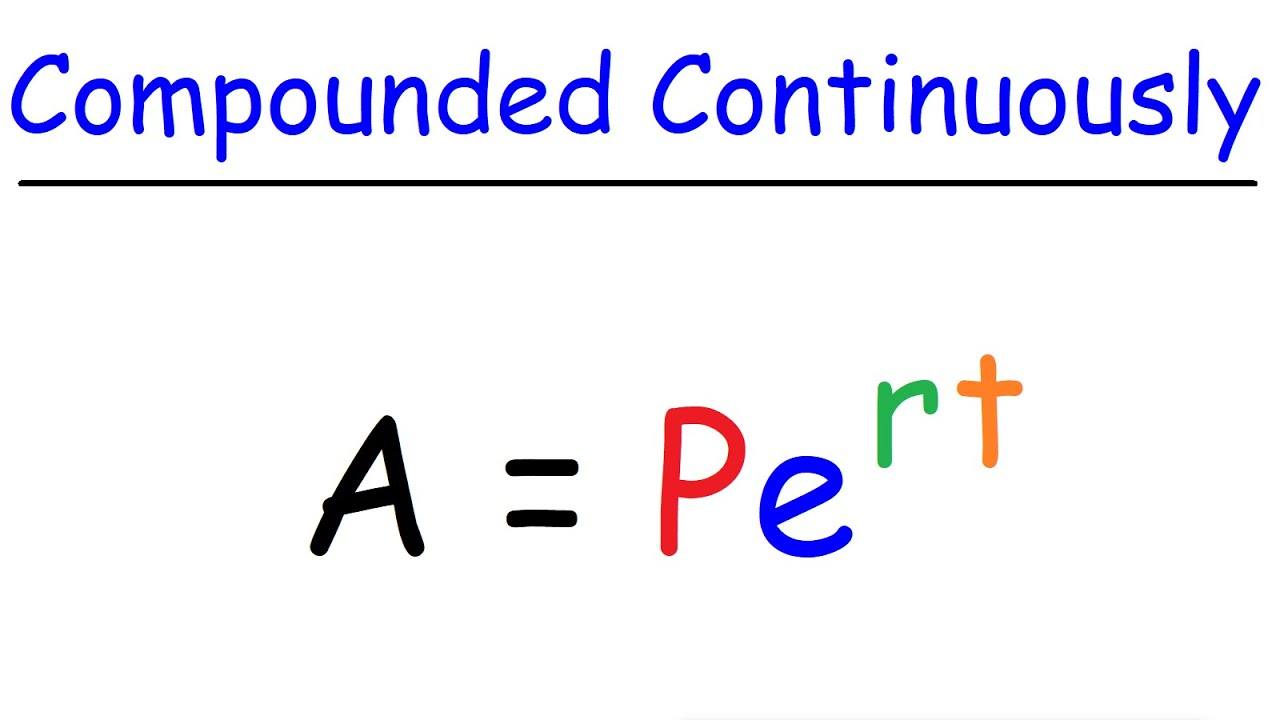5% per Year Compounded Continuously vs. Monthly: A Comparison
Continuous Compounding: Continuous compounding means that interest is added to the principal balance at every instant of time. The formula for continuously compounded interest is derived from the limit of the compound interest formula as the number of compounding periods approaches infinity.
The formula for continuously compounded interest is:
Where:
- is the amount of money accumulated after n years, including interest.
- is the principal amount (the initial amount of money).
- is the annual interest rate (decimal).
- is the time the money is invested for, in years.
- is the base of the natural logarithm, approximately equal to 2.71828.
For a 5% annual interest rate, the formula becomes:
Monthly Compounding: Monthly compounding means that interest is added to the principal balance on a monthly basis. The formula for monthly compounded interest is:
Where:
- is the amount of money accumulated after n years, including interest.
- is the principal amount (the initial amount of money).
- is the annual interest rate (decimal).
- is the number of times the interest is compounded per year.
- is the time the money is invested for, in years.
For a 5% annual interest rate compounded monthly (n = 12), the formula becomes:
Comparison of the Two Compounding Methods: Let’s compare the final amounts for each compounding method:
For continuous compounding:
For monthly compounding:
Assuming the same principal amount (P) and duration (t), we compare the two formulas. It is evident that:
This inequality shows that for the same initial amount and duration, the final amount after continuous compounding will be greater than the final amount after monthly compounding.
Reason for the Difference: The difference arises because continuous compounding allows interest to be added to the principal balance at every instant, thereby earning interest on the newly added interest continuously. In contrast, monthly compounding adds interest only 12 times per year, meaning there are fewer opportunities for the interest to be compounded and generate additional interest.
Conclusion: In conclusion, a 5% per year interest rate compounded continuously yields more interest than a 5% per year interest rate compounded monthly. This is because continuous compounding allows the interest to be added to the principal balance and start earning more interest at every instant of time, while monthly compounding adds the interest only 12 times per year.




